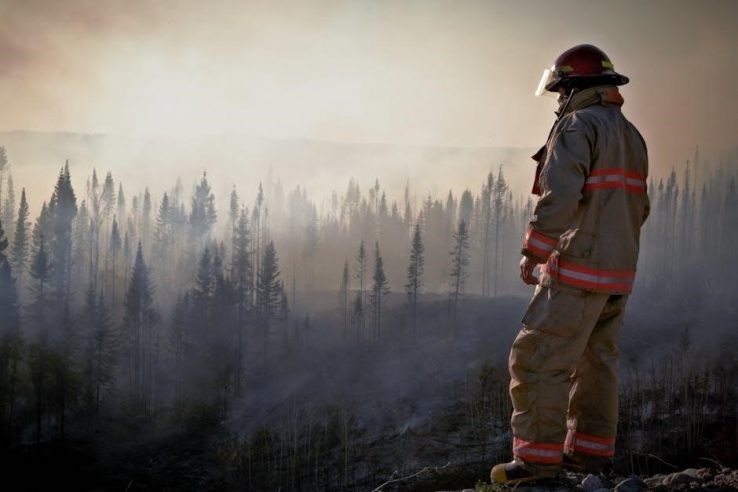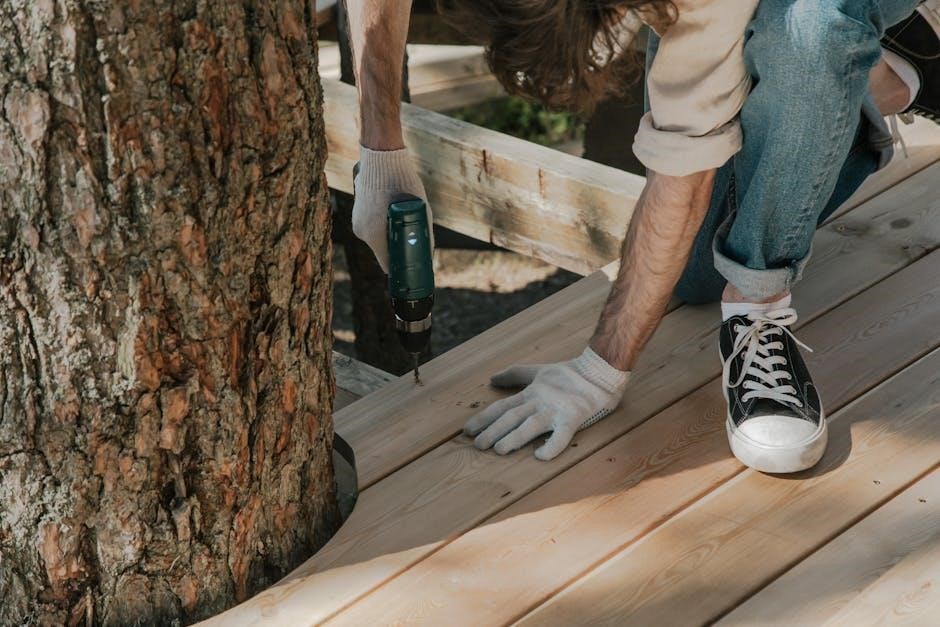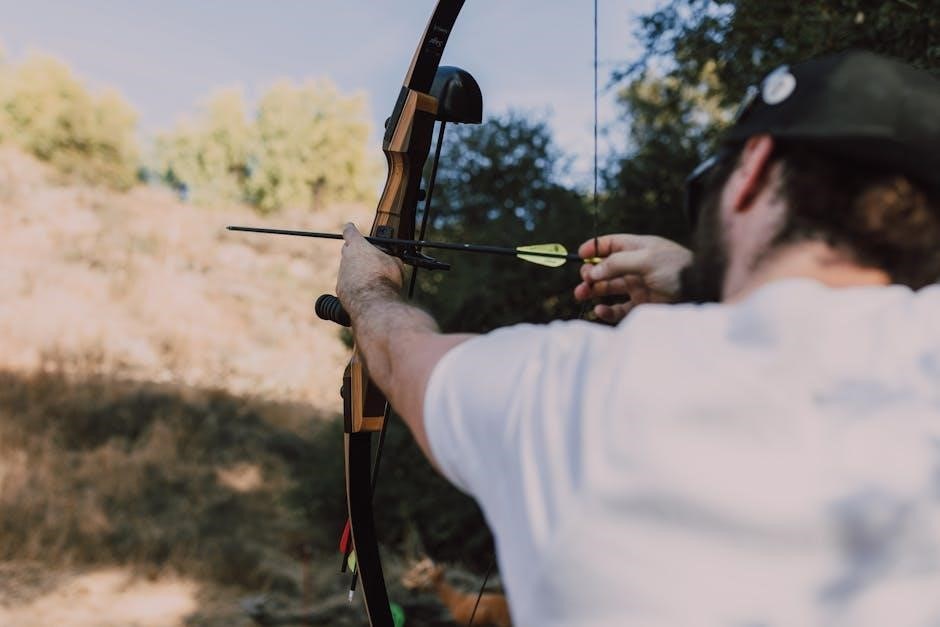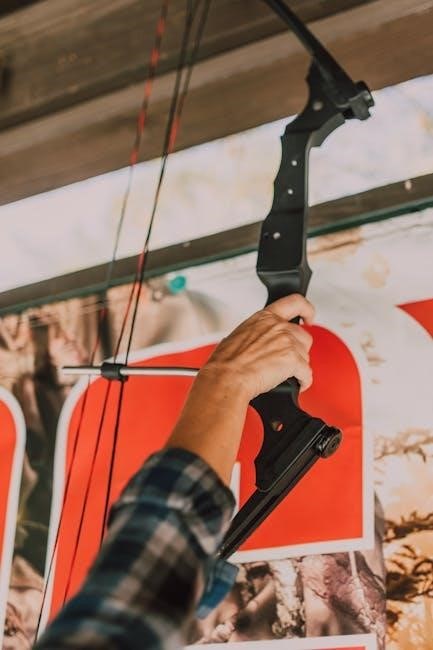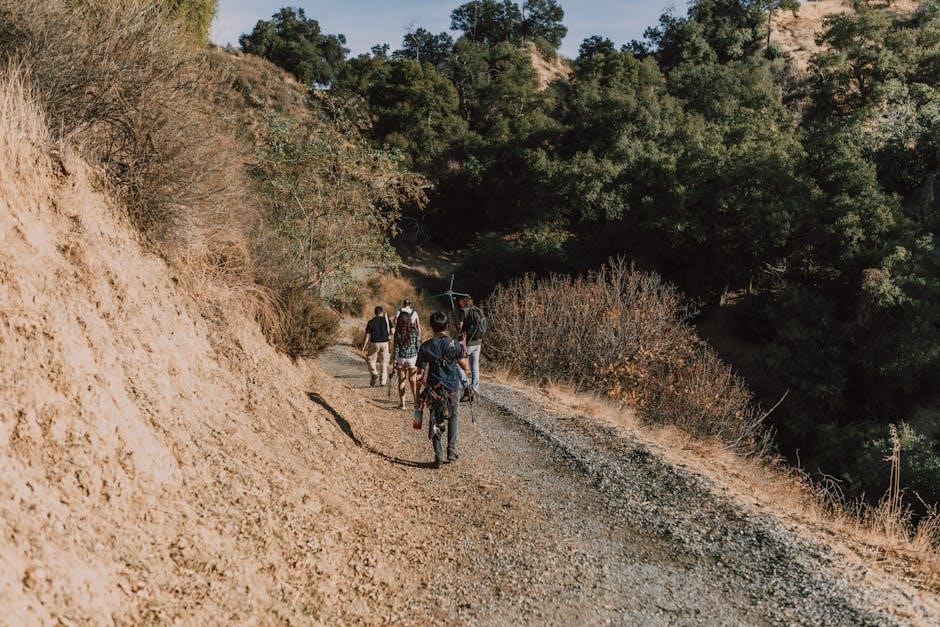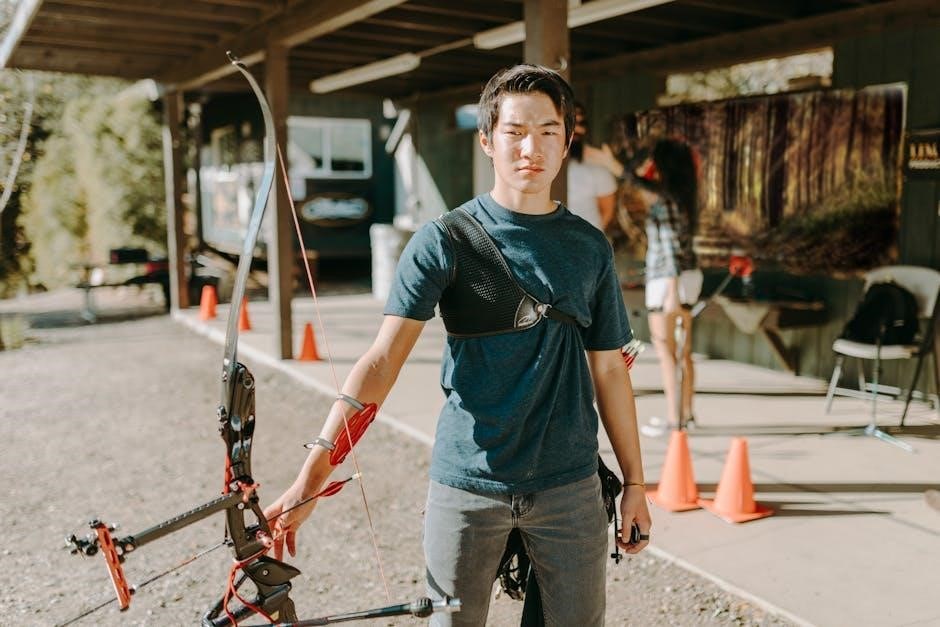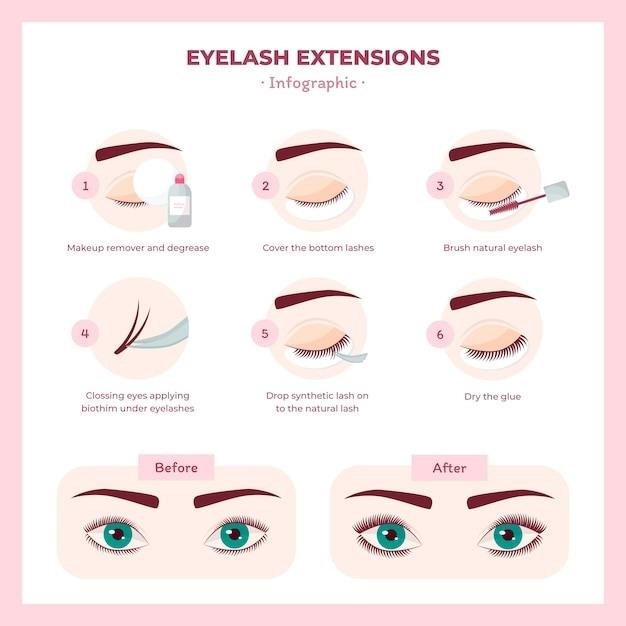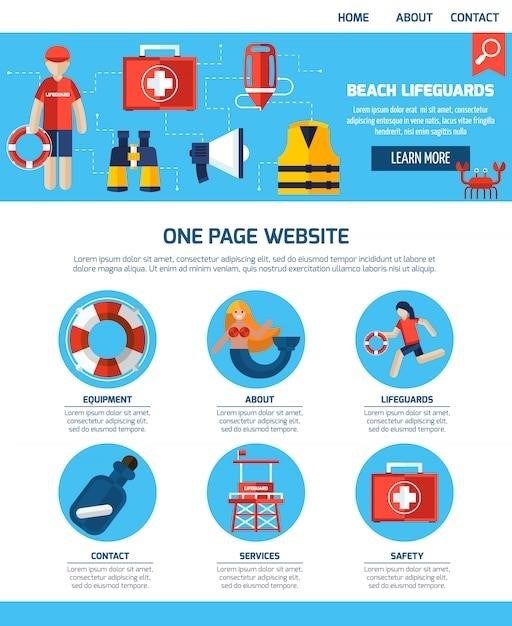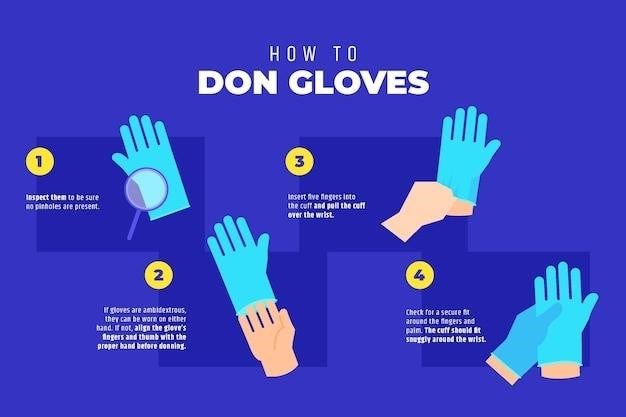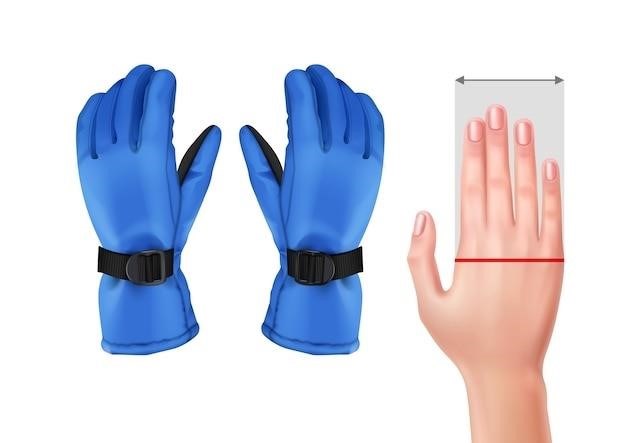This essential pocket guide, a popular reference in emergency nursing, provides crucial information for quick review and critical care situations.
It’s a handy resource, especially useful for moments demanding immediate action and concise clinical support.
What is an Emergency & Critical Care Pocket Guide?
An Emergency & Critical Care Pocket Guide is a condensed, portable resource designed for healthcare professionals facing urgent medical situations. It serves as a rapid reference, distilling complex protocols and essential data into a manageable format.
These guides typically encompass algorithms for Basic Life Support (BLS), Advanced Cardiovascular Life Support (ACLS), and Pediatric Advanced Life Support (PALS). They also include vital clinical assessment techniques, pharmacological information, and airway management checklists.
Essentially, it’s a streamlined tool to support confident decision-making and efficient patient care in high-pressure environments, offering a quick review of critical care principles.
Target Audience: Who Benefits from This Guide?
Emergency & Critical Care Pocket Guides are invaluable to a broad spectrum of healthcare providers. This includes emergency physicians, nurses, paramedics, and other allied health professionals working in acute care settings.
Medical students and residents also find these guides exceptionally helpful during clinical rotations, providing a quick review of essential protocols. Even experienced clinicians appreciate the portability and concise nature of the information for rapid reference during critical care events.
Ultimately, anyone needing immediate access to life-saving information will benefit from having this resource readily available.

Core Components of the Guide
This guide comprehensively covers BLS, ACLS, and PALS algorithms, alongside essential clinical assessments and pharmacological references for rapid decision-making.
Basic Life Support (BLS) Algorithms
The BLS algorithms within this pocket guide offer a streamlined approach to managing cardiac arrest, airway obstruction, and breathing emergencies. Step-by-step instructions detail chest compression techniques, ventilation strategies, and the crucial sequence for initiating early resuscitation efforts.
Clear diagrams and concise checklists facilitate rapid recall of essential steps, even under pressure. The guide emphasizes the importance of early recognition of arrest, prompt activation of emergency medical services, and high-quality cardiopulmonary resuscitation. It’s designed for healthcare providers at all levels, ensuring consistent and effective BLS delivery.
Advanced Cardiovascular Life Support (ACLS) Algorithms
ACLS algorithms presented in this pocket guide provide a systematic framework for managing complex cardiac emergencies, including ventricular fibrillation, pulseless ventricular tachycardia, and bradycardia. Detailed flowcharts guide providers through drug administration, defibrillation protocols, and advanced airway management techniques.
The guide emphasizes timely recognition of arrhythmias, appropriate interventions based on hemodynamic stability, and post-cardiac arrest care. Algorithms incorporate the latest guidelines, ensuring adherence to evidence-based practices. This section is invaluable for physicians, nurses, and paramedics involved in advanced cardiac life support, promoting optimal patient outcomes.
Pediatric Advanced Life Support (PALS) Algorithms
The PALS algorithms within this pocket guide offer a concise, step-by-step approach to managing critically ill infants and children. Flowcharts cover respiratory emergencies, shock, and cardiac arrest, emphasizing age-specific considerations for drug dosages and airway management.
This section highlights the importance of early recognition of pediatric deterioration, systematic assessment, and prompt intervention. Algorithms incorporate the latest PALS guidelines, ensuring providers are equipped with current best practices. It’s a vital resource for pediatricians, emergency physicians, and nurses, facilitating effective resuscitation and stabilization of young patients.
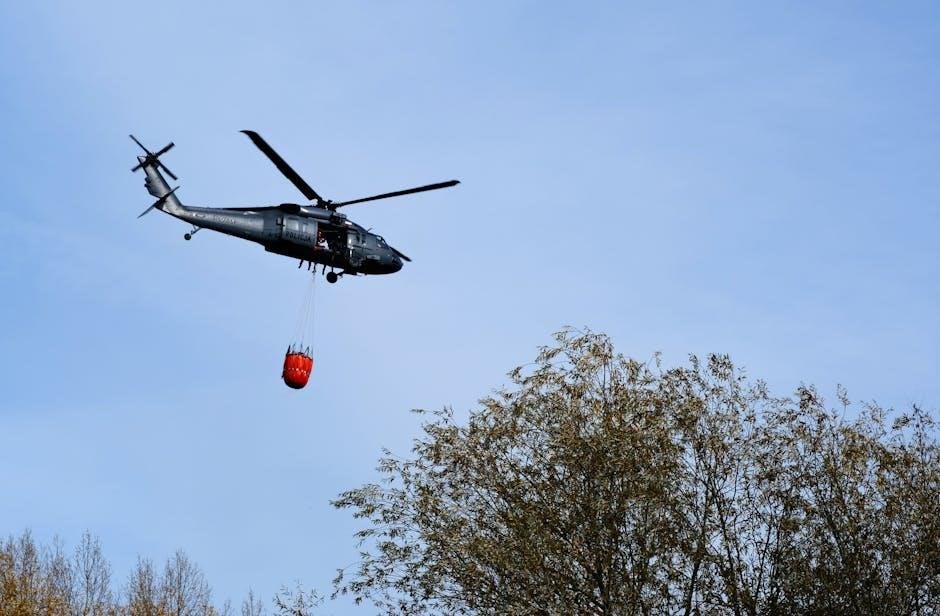
Essential Clinical Assessments
Rapid and accurate assessments are paramount in emergency and critical care; this guide details techniques for neurological and cardiovascular evaluations.
Scales like GCS aid quick patient status determination.
Rapid Assessment Techniques
Effective emergency care hinges on swiftly gathering vital information. This section emphasizes streamlined techniques for a focused initial patient evaluation.
Prioritize the ABCDE approach – Airway, Breathing, Circulation, Disability (neurological status), and Exposure (complete examination).
Quickly assess respiratory rate, effort, and oxygen saturation. Palpate pulses to evaluate circulation, noting rate, rhythm, and strength.
Utilize the Glasgow Coma Scale (GCS) for a standardized neurological assessment, documenting eye-opening, verbal response, and motor function.
A brief but thorough skin assessment can reveal perfusion status and potential underlying issues. These techniques facilitate prompt triage and intervention.
Neurological Assessment Scales (e.g., GCS)
Accurate neurological assessment is paramount in emergency and critical care settings. Standardized scales, like the Glasgow Coma Scale (GCS), provide objective measures of a patient’s level of consciousness.
The GCS assesses eye-opening, verbal response, and motor function, each scored individually and summed for a total score ranging from 3 to 15.
A decreasing GCS score indicates worsening neurological status, prompting further investigation and intervention.
Regular, documented GCS assessments are crucial for tracking trends and evaluating the effectiveness of treatment.
Other scales may be utilized depending on the clinical context, but the GCS remains a foundational tool.
Cardiovascular Assessment Parameters
Rapid and accurate cardiovascular assessment is vital in emergency and critical care. Key parameters include heart rate, blood pressure, and peripheral perfusion.
Monitoring for hypotension, hypertension, tachycardia, or bradycardia provides crucial insights into a patient’s hemodynamic status.
Capillary refill time assesses peripheral perfusion, with prolonged times indicating inadequate circulation.
Pulse quality (bounding, weak, thready) offers additional information about cardiac output and vascular resistance.
ECG monitoring is essential for identifying arrhythmias and signs of ischemia. Continuous assessment and documentation of these parameters guide timely interventions.

Common Emergency Conditions & Management
This guide details management of critical conditions like ACS, stroke, sepsis, and trauma, offering concise algorithms and essential pharmacological considerations for rapid response.
Acute Coronary Syndrome (ACS)
Acute Coronary Syndrome (ACS) management, as detailed within the Emergency & Critical Care Pocket Guide, emphasizes rapid assessment and stabilization. Initial steps involve obtaining a 12-lead ECG to differentiate between STEMI and NSTEMI/unstable angina.
Oxygen administration, aspirin, nitroglycerin, and morphine are crucial early interventions. The guide provides dosage guidelines for these medications. For STEMI, immediate reperfusion therapy – either percutaneous coronary intervention (PCI) or thrombolytics – is paramount.
NSTEMI/unstable angina requires risk stratification and consideration of invasive strategies. Continuous cardiac monitoring and vigilant assessment for complications are essential components of ACS care, as highlighted in the pocket guide.
Stroke Management
Stroke management, according to the Emergency & Critical Care Pocket Guide, prioritizes rapid neurological assessment using scales like the Glasgow Coma Scale (GCS). Time is brain – prompt identification and intervention are critical. The guide stresses the importance of determining stroke type: ischemic or hemorrhagic.
For ischemic stroke, thrombolytic therapy (alteplase) within a specific time window is a key consideration, contingent upon exclusion criteria. Blood pressure management is crucial, avoiding excessive lowering.
Hemorrhagic stroke requires controlling blood pressure and managing potential complications like increased intracranial pressure. Neuroimaging (CT scan) is essential for diagnosis and guiding treatment decisions, as summarized within the guide.
Sepsis & Septic Shock
The Emergency & Critical Care Pocket Guide emphasizes early recognition of sepsis and septic shock, utilizing the “Sepsis-3” criteria – SOFA score or qSOFA. Rapid assessment of vital signs, mental status, and lactate levels is paramount.
Initial management focuses on the “Surviving Sepsis Campaign” bundle: measuring lactate, obtaining blood cultures before antibiotics, administering broad-spectrum antibiotics within one hour of recognition, and initiating rapid fluid resuscitation.
Vasopressors, like norepinephrine, are indicated for hypotension unresponsive to fluids. Continuous monitoring of hemodynamics and organ function is essential, guided by the parameters detailed within the pocket guide;
Trauma Management: Initial Assessment & Prioritization
The Emergency & Critical Care Pocket Guide details a systematic approach to trauma, prioritizing the ABCDEs – Airway, Breathing, Circulation, Disability (neurological status), and Exposure/Environment.
Rapid primary survey identifies and addresses life-threatening injuries. Hemorrhage control, including tourniquet application and wound packing, is emphasized. Secondary survey involves a thorough head-to-toe examination to identify all injuries.
The guide provides algorithms for assessing and managing specific traumatic injuries, alongside pain management protocols. Prioritization is key, focusing on immediate threats to life before addressing less urgent concerns.

Pharmacological Considerations
This guide offers vital details on vasopressors, inotropes, emergency medications, and antidotes, including dosages and administration guidelines for critical care scenarios.
Vasopressors & Inotropes: Dosage & Administration
Critical care often necessitates the use of vasopressors and inotropes to maintain hemodynamic stability. This pocket guide provides concise tables detailing common agents like norepinephrine, dopamine, epinephrine, and vasopressin.
Dosage ranges are clearly outlined, considering factors such as patient weight and clinical presentation.
Administration guidelines emphasize proper dilution techniques, infusion rates, and monitoring parameters – including blood pressure, heart rate, and urine output;
The guide also highlights potential adverse effects and contraindications, ensuring safe and effective pharmacological intervention in emergency situations.
Rapid reference is key in these scenarios.
Commonly Used Emergency Medications
This pocket guide features a streamlined compendium of frequently utilized emergency medications, crucial for rapid clinical decision-making. It includes essential drugs for cardiac arrest, anaphylaxis, respiratory distress, and pain management.
Each entry provides concise information on dosage, route of administration, and key indications.
Medications like epinephrine, atropine, adenosine, and naloxone are prominently featured, alongside details on antiarrhythmics and bronchodilators.
The guide also briefly notes potential adverse effects, facilitating informed and safe medication administration in high-pressure emergency settings.
Quick access to this information is vital.
Antidote Reference Guide
The pocket guide’s dedicated antidote section is a critical resource for managing toxicological emergencies, offering rapid access to life-saving treatments. It systematically lists common toxins and their corresponding antidotes, streamlining care during poisoning events.
Entries include details on dosage, administration routes, and important considerations for specific exposures.
Key antidotes featured encompass those for opioid overdose (naloxone), acetaminophen toxicity (acetylcysteine), and beta-blocker poisoning (glucagon).
This section is designed for swift reference, enabling clinicians to initiate appropriate treatment without delay, ultimately improving patient outcomes in critical situations.

Airway Management & Ventilation
This guide features essential tools like a Rapid Sequence Intubation (RSI) checklist and mechanical ventilation basics, supporting effective airway control in emergencies.
Rapid Sequence Intubation (RSI) Checklist
The Emergency & Critical Care Pocket Guide incorporates a vital Rapid Sequence Intubation (RSI) checklist, a cornerstone of emergency airway management. This checklist systematically guides clinicians through pre-oxygenation, pre-treatment medications – like cricoid pressure application – and the swift administration of a paralytic agent followed by endotracheal intubation.
It ensures a standardized approach, minimizing complications and maximizing success rates during this time-critical procedure. The checklist emphasizes confirmation of tube placement through various methods, including auscultation and capnography. Having this readily available within the pocket guide is invaluable for rapid reference and consistent practice in high-pressure situations, ultimately improving patient outcomes.
Mechanical Ventilation Basics
The Emergency & Critical Care Pocket Guide delivers concise mechanical ventilation basics, crucial for managing critically ill patients. It outlines essential modes like Volume Control (VC) and Pressure Control (PC) ventilation, explaining their applications and physiological effects; Key parameters – tidal volume, respiratory rate, PEEP, and FiO2 – are clearly defined, aiding in appropriate ventilator setting adjustments.
The guide simplifies understanding of ventilator waveforms and troubleshooting common issues. This section provides a rapid reference for initial ventilator setup and management, supporting clinicians in optimizing oxygenation and ventilation while minimizing ventilator-induced lung injury. It’s a vital resource for quick decision-making.

Critical Care Specifics
This guide details hemodynamic monitoring and fluid resuscitation strategies, essential for critically ill patients. It offers a focused, practical approach to advanced care.
Hemodynamic Monitoring
Effective hemodynamic monitoring is paramount in critical care, and this pocket guide provides a concise overview of key parameters. Understanding central venous pressure (CVP), pulmonary artery catheterization (PAC), and arterial blood pressure (ABP) is crucial for assessing volume status and cardiac function.
The guide likely outlines interpreting waveforms and correlating findings with clinical presentation. It emphasizes the importance of recognizing trends rather than focusing on isolated values. Furthermore, it probably details the use of non-invasive monitoring techniques like pulse contour analysis and impedance cardiography, offering a comprehensive approach to evaluating a patient’s circulatory status.
This section aids in guiding fluid resuscitation and vasopressor support, ultimately optimizing patient outcomes.
Fluid Resuscitation Strategies
Effective fluid resuscitation is a cornerstone of critical care, and this pocket guide likely details various strategies for restoring intravascular volume. It probably covers crystalloid versus colloid solutions, outlining the pros and cons of each, and guides appropriate selection based on the clinical scenario.
The guide likely emphasizes a goal-directed approach, incorporating hemodynamic parameters to assess response to fluid administration. It may also address specific considerations for patients with cardiac or renal dysfunction, tailoring fluid management accordingly. Furthermore, it likely touches upon the dangers of over-resuscitation and the importance of monitoring for signs of pulmonary edema.

This section provides a practical framework for optimizing fluid balance and improving patient outcomes.
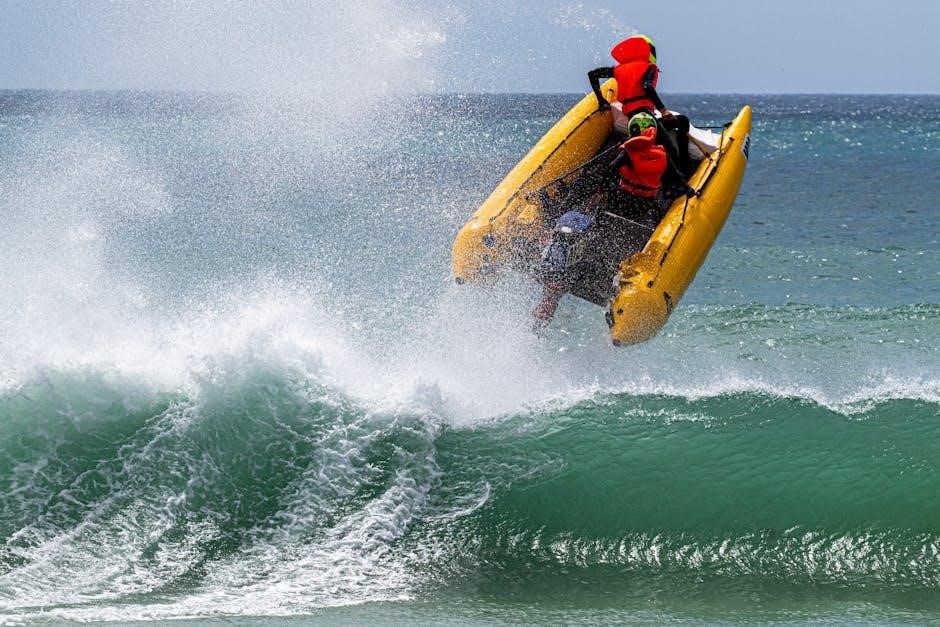
Practical Tools & References
This guide incorporates essential resources like laboratory value ranges and conversion tables, offering quick access to critical data for efficient clinical decision-making.
Laboratory Value Ranges
A crucial section within the Emergency & Critical Care Pocket Guide dedicates itself to readily available laboratory value ranges. This feature allows for rapid interpretation of patient results, facilitating swift clinical assessments and informed treatment decisions.
The guide compiles commonly ordered tests, including complete blood counts (CBC), comprehensive metabolic panels (CMP), arterial blood gases (ABGs), and coagulation studies. Normal ranges are clearly presented, aiding in the identification of potential abnormalities.
Having these values at your fingertips minimizes delays associated with referencing external sources, ultimately improving patient care in time-sensitive emergency scenarios. This section is designed for immediate practical application.
Conversion Tables (Units, Doses)
The Emergency & Critical Care Pocket Guide incorporates comprehensive conversion tables, a vital resource for accurate medication administration and data interpretation. These tables streamline the process of converting between different units of measurement, reducing the risk of medication errors.
Included are conversions for weight (kg to lbs), temperature (Celsius to Fahrenheit), and commonly used drug dosages. This section also provides quick references for calculating drip rates and dilutions, essential skills in acute care settings.
Having these conversions readily available saves valuable time and ensures consistency in patient care, particularly during high-stress situations.

Guide Updates & Future Trends
Future editions will integrate new guidelines, protocols, and mobile technology for enhanced accessibility and real-time updates in emergency and critical care.
New Guidelines & Protocols
Regular updates are paramount in emergency and critical care, reflecting evolving best practices and research findings. The pocket guide must consistently incorporate the latest American Heart Association (AHA) and Advanced Life Support Group (ALSG) guidelines.
These revisions encompass changes in resuscitation algorithms, pharmacological recommendations, and trauma management protocols. Staying current ensures practitioners have access to the most effective and evidence-based approaches. Future updates will prioritize seamless integration of these changes, potentially utilizing QR codes linking to detailed online resources for comprehensive understanding and continuous professional development.
Integration with Mobile Technology
Modern healthcare demands accessibility, and the emergency & critical care pocket guide is evolving to meet this need. Future iterations will explore augmented reality (AR) features, allowing users to visualize procedures or anatomical structures directly through their smartphones.
Companion mobile applications could offer interactive algorithms, dosage calculators, and offline access to critical information. Integration with electronic health records (EHRs) is also a possibility, streamlining data entry and reducing errors. These technological advancements aim to enhance usability and provide point-of-care support for busy clinicians.
